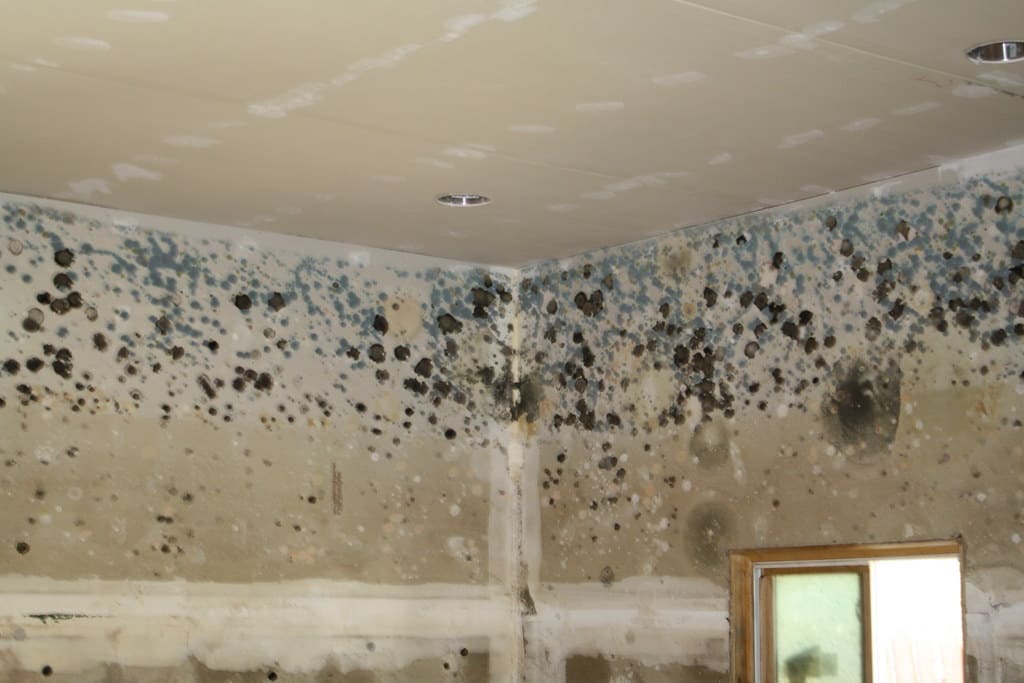Damp & Mould In Rented Homes
Page is under construction
Damp & Mould in rented homes affects a considerable number of households in England. In 2021 the English Housing Survey discovered approximately 904,000 homes reported damp problems. The private rental sector had the highest proportion with 11% of homes affected, compared to 4% in social housing and 2% in owner-occupied properties.
Approximately £1.4 billion is spent annually by the NHS on treating illness linked to living in cold and damp homes. Taking in to consideration the boarder societal costs and that amount increases to £15.4 billion.

The quality of housing has massive life changing impacts on health and well-being. Also cold or damp homes can worsen existing health problem by exacerbating respiratory illnesses like asthma, increasing the risk of heart disease, and negatively impacting mental health.
Excess cold, is defined as a home with inadequate energy efficiency that poses a health and safety risk due to low temperature, and is a 'Category 1' hazard in the 'Housing health and safety rating system (HHSRS)". An estimated 653,000 homes in 2019 were classified as being affected by excess cold.
Some landlords/agents are very approachable & responsive when address tenants issues, but unfortunately some are not.
What can I do about my situation?
The best place to go for any housing information is Shelter. they have a large knowledge base for many situations and a telephone support line.
A1. Tell the landlord:
How fast the landlord must act depends on:
- how serious the problem is
- if anyone who lives with you is vulnerable
A2. Officially complain to the letting agent or landlord (depending on who your main point of contact is):
A complaint isn't just having a moan, it's an official process & before moving on you must make a complaint.
Find out their official complaint’s procedure and note down any failures to comply with it.
A3. Ask the council for an Environmental Health inspection.
Environment Health Officers (EHO’s) have powers under the Public Health Act 1936, Part 2 “Sanitation and Buildings” to investigate and address public "health nuisances", which includes issues related to housing conditions which are "prejudicial to health or a nuisance".
The EHO's will use the Housing, Health & Safety Rating System (HHSRS) risk based evaluation tool.
Under the HHSRS, mould & damp when prejudicial to health is a "category 1" hazard and if found to be this during an assessment the council have an obligation to take action. Anything less it can be a "category 2".
The council have the legal powers to:
- tell your landlord to do repairs,
- give them a legal notice ordering them to take action
They can opt to simply tell your letting agent / landlord to take action without issuing a legal notice, but if they do issue one it could give you a defence against a revenge eviction.
If an improvement notice or emergency remedial action notice is issued, the landlord cannot issue a Section 21 notice for six months unless they suspend or withdraw the notice(s), or gives a notice stating the damage was caused by the tenant.
Social housing only
B1. Officially complain to the Housing Ombudsman:
The Housing Ombudsman Service (HOS) is an independent & impartial body that helps resolve disputes between residents and registered landlords of social housing using a disputes resolution service.
For the the Ombudsman to look at your complaint you must comply with the following:
- Made a formal complaint to the landlord and are unhappy with their final decision.
- Waited more than 8 weeks for the landlord to respond to your formal complaint.
If they decide to take on your case, they will decide what to instructions to give your landlord to make sure repairs take place.
Their decisions are published on their website, with the tenants details kept anonymous.
B2. If the issue is widespread or indicative of systemic problems, you can also report it to the Government Regulator:
They are called the Regulator of Social Housing (RSH)
Regulator of Social Housing and Housing Ombudsman Service: factsheet - GOV.UK
B3. Court action to claim compensation:
You have ground do this if damp and mould have:
- damaged your belongings
- caused you health problems
- made all or parts of your home unfit to live in
- cost you money, for example because you have to run a dehumidifier all the time
You usually have at least 3 years to start a claim, so you could wait until after you move out.
What the Law Says
Housing Act 2004
All homes must be free from hazards at the most dangerous ‘category 1’ level
Applies to?
Private and Social sectors
The Housing Act 2004, Part 1 ”Housing Conditions"
Guidance for HHSRS
This act introduced the Housing Health and Safety Rating System (HHSRS).
‘Category 1’ is the most dangerous level of the ‘Housing Health and Safety Rating System’ (HHSRS).
Damp and mould are considered category 1 hazards if they pose a serious risk to the occupant's health.
“Hazard” means any risk of harm to the health or safety of an actual or potential occupier of a dwelling or HMO which arises from a deficiency in the dwelling or HMO or in any building or land in the vicinity (whether the deficiency arises as a result of the construction of any building, an absence of maintenance or repair, or otherwise).
This definition encompasses risks originating from the property's construction, lack of maintenance, repairs, or any other factor.
"Harm" includes temporary harm, and "health" includes mental health.
Mandatory Action for Category 1: Local authorities are obligated to take enforcement action when a category 1 hazard is identified. This could involve serving an improvement notice requiring the property owner to address the hazard.
Discretionary Action for Category 2: Authorities have the power, but not the obligation, to take enforcement action against category 2 hazards. This could involve measures similar to those used for category 1 hazards, such as improvement notices, prohibition orders, or hazard awareness notices.
(HHSRS) Factors Influencing Likelihood and Severity:
The HHSRS assessment considers various factors that can impact the likelihood of damp and mould occurring and the severity of its impact on health:
- Moisture Production and Ventilation
- Presence and effectiveness of damp-proof courses, membranes, and detailing around doors and windows to prevent moisture ingress.
- Condition of the external building fabric to avoid rain penetration.
- Frost protection for pipes and water tanks.
- Proper installation of baths, sinks, and drainage systems to prevent leaks.
- Effective ventilation of roof and underfloor spaces to ensure timber dryness.
- Adequate extraction of moisture-laden air during activities like cooking, bathing, and laundry.
- Provision of continuous low-level background ventilation.
- Indoor Temperatures:
- A heating system suited to the building's thermal properties is crucial.
Hazard Assessment Process:
- Complexity: assessor must consider a wide range of variables, including the dwelling's design, condition, state of repair, location, weather conditions, and room sizes.
- Flats and HMOs: In flats and HMOs, preventive measures are particularly critical because occupants might be confined to smaller areas, increasing their exposure to dampness and mould.
Who enforces it?
Local councils (Doesn't apply to council-owned social housing as councils typically manage these properties directly. They’re still required to maintain them according to the law).
Enforcement options?
- A legal improvement notice requiring works in a certain time period.
- A legal order prohibiting the use of part or all of a property.
- The council doing works themselves and charging the landlord.
Potential Penalties?
- A fine which is unlimited, by the Magistrates’ Court.
- A penalty up to £30,000, set by the local council.
